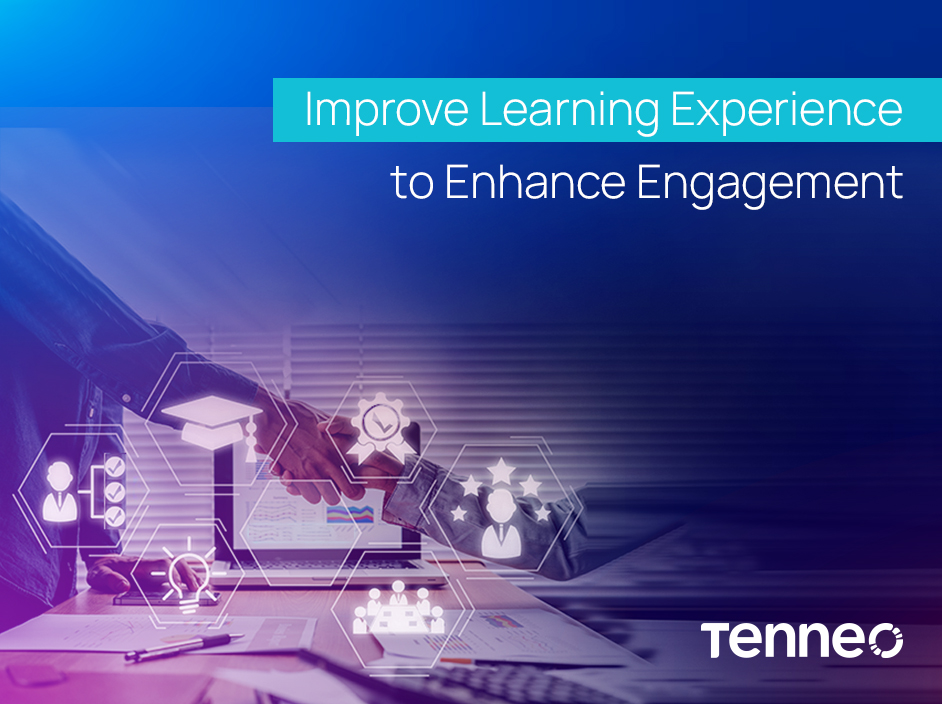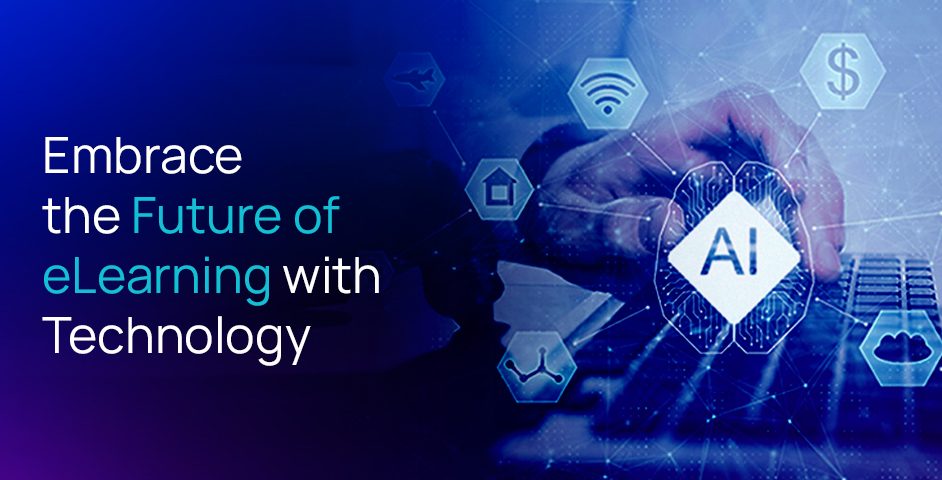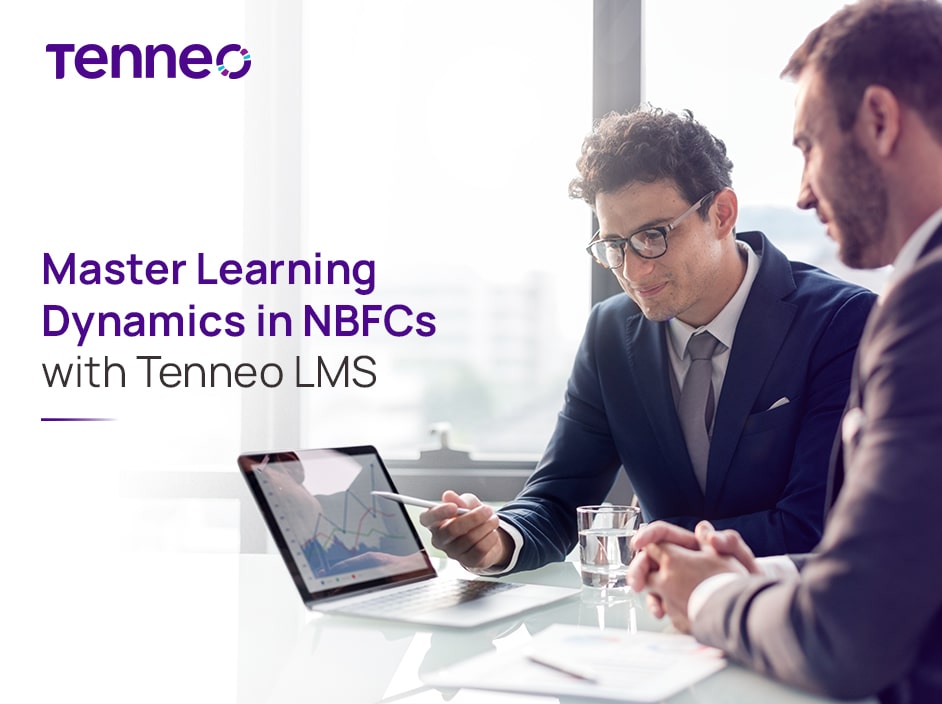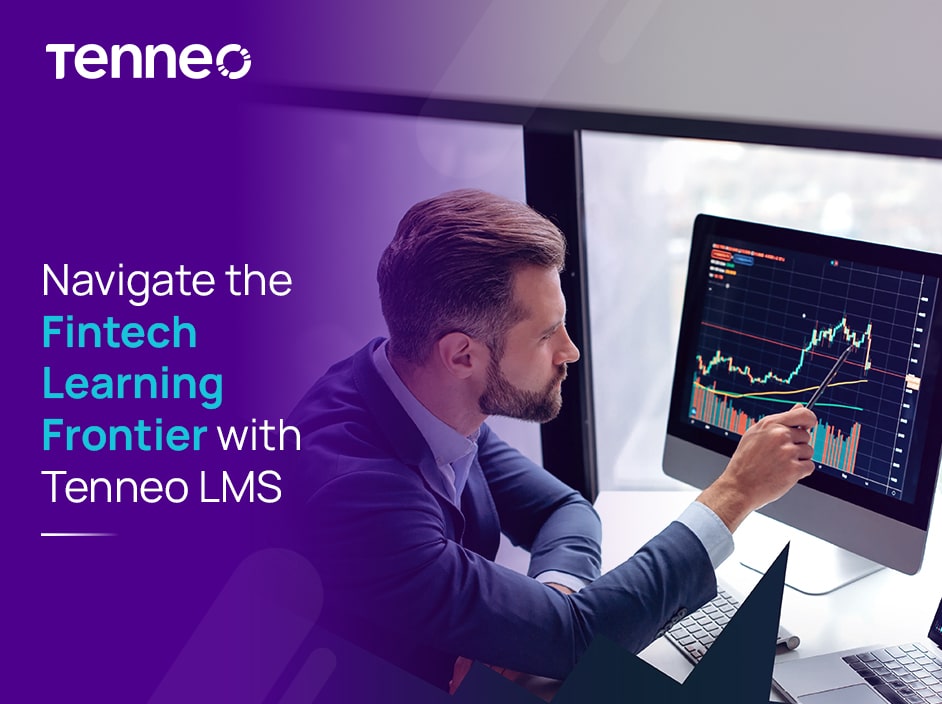The modern workforce is aspirational, goal-oriented, and driven by growth. To attract and retain top talent, you must provide them with the resources and support they need to succeed in their careers. Learning and growth opportunities translate into motivated employees and a productive workforce. Leveraging the latest technological innovations can help you stay up-to-the-minute with the emerging eLearning trends.
Through this article, we highlight the most prominent eLearning trends that will shape employee learning in 2023 and beyond.
Need-based Learning
This learning approach stems from the idea that employees tend to be more engaged and motivated at work when their training aligns with their current job roles and future career growth aspirations. According to a survey, over 91% of employees want their training to be relevant to suit their job requirements. Need-based learning provides employees with training programs that are tailored to their needs and growth objectives.
Advanced technologies like AI and ML significantly personalize the learning experience for employees. The consistent development of AI & ML technologies is truly transforming the way we approach learning and information.
AI & ML enhances need-based learning by -
AI & ML Algorithms Driving Personalization: AI & ML algorithms can analyze data from various sources to understand each learner's strengths, weaknesses, and learning preferences. This leads to the generation of a personalized learning plan.
Creating Custom Content: AI can be used to create customized learning content based on every learner's needs and goals, ensuring that employees receive training that is directly relevant to their roles.
Natural Language Processing for Real-time Feedback: AI can instantly point out areas for improvement, helping employees reach their learning goals more effectively. Real-time feedback makes it easier for employees to monitor their progress.
AI-driven need-based learning is an effective and efficient way to enhance the learning experience and employee engagement.
Wearable Technology in Employee Training & Well-being
This eLearning trend is driven by changing employee expectations. The modern workforce expects great flexibility and freedom when it comes to the way they communicate, learn, and grow. Mobile technology has come a long way to cater to this demand. Moving ahead, we will see an exponential rise in the use of smart wearables for training employees.
Wearable technology can provide learning at your fingertip, literally! It will improve your employees' performance and knowledge retention rates by creating an accessible and immersive training experience. VR headsets, Google Glass headsets, and smartwatches have widened the horizon for employee learning. The growing popularity of voice searches will further aid learning through smart wearables.
Apart from imparting training courses, wearable technology also provides valuable insights into employee performance, hours spent on learning and at work, their stress level, and other health factors that can impact their performance. This can help in making better-informed decisions about changing learning workflows and business processes to improve employee well-being. One of the prime examples of using wearable technology for improving employee health and performance is the Exoskeleton. The automotive giant Audi implemented a wearable Exoskeleton (Fig. 1) to reduce back strain on employees by 30% and improve their productivity.

Fig.1: Audi implemented a wearable Exoskeleton - Source: motor1.com
VR-based Gamification
Employee engagement through gamification is no longer restricted to creating leaderboards and handing virtual badges to top performers. Augmented Reality and Virtual Reality are taking gamified engagement a notch higher. VR settings can be leveraged to set up simulated environments that enable employees to be in a real-life situation. It can completely insulate and transpose the employees to a world where they can put their skills and knowledge to practical use.
One example of VR-based Gamification is Pizza Maker (Fig. 2), a gamified training course implemented by Domino’s. It includes simulations and gamification to engage, assess and reward employees. Moreover, the virtual simulation led to better accuracy and faster pizza making, thereby improving productivity and business outcomes.
The eLearning trend of VR-based gamified simulations breaks down the barriers of location and communication in the employee training process.
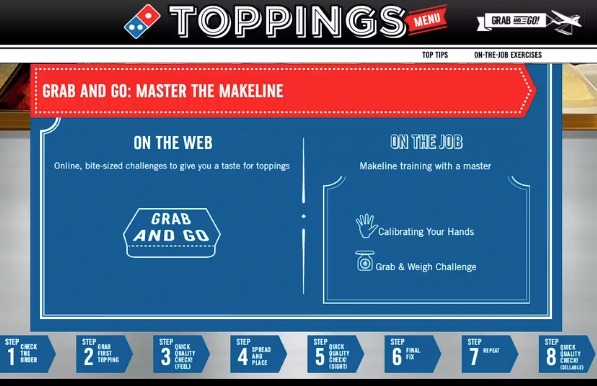
Fig.2: Domino’s VR-based Gamification - Pizza Maker - Source: allencomm.com
Social Media Based Learning
As per a Statista Report, the average daily social media usage of internet users worldwide amounted to 2 hours and 27 minutes. That isn’t necessarily a worry, especially when you can combine social media with employee training!
With the growing popularity of short-form videos (YouTube shorts, Instagram reels), organizations are revamping their employee training strategies. Moreover, there is an increasing need for collaborative learning by building learning communities. This will drive the growth of social media-based learning for employees. Moreover, it takes employee engagement to the next level. As employees collaborate with their peers and learn with short-form videos, they tend to be more engaged with the learning process and retain the information longer.
L&D leaders can integrate social learning into their learning platforms or create learning communities that facilitate social learning and collaboration on the learning platform itself. This will work wonders for spaced learning as employees can access and share short nuggets of knowledge anytime they want. This will result in better learning, improved information retention, and enhanced learning experiences and engagement.
Concluding Thoughts
It’s a no-brainer that technology will drive many eLearning trends. Organizations need to embrace innovative learning platforms to drive effective training and boost employee productivity. A robust learning management system like Tenneo will enable you to cater to the individual learning styles and needs of your employees and empower them to monitor their progress, understand their learning paths, and envision their growth.
Get in touch with our experts to create a collaborative and life-long learning culture at your organization.

